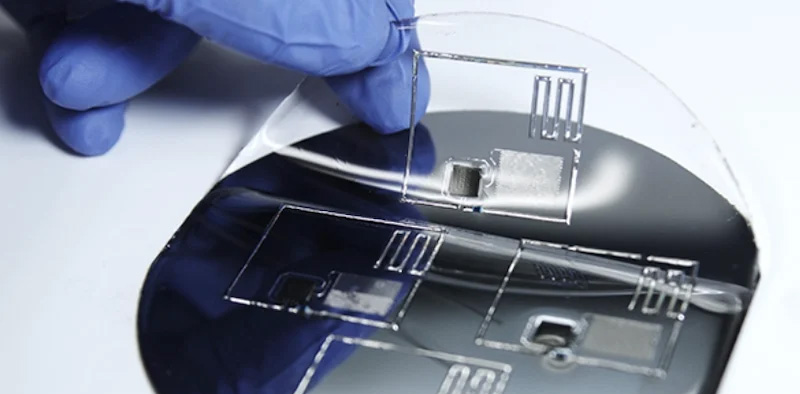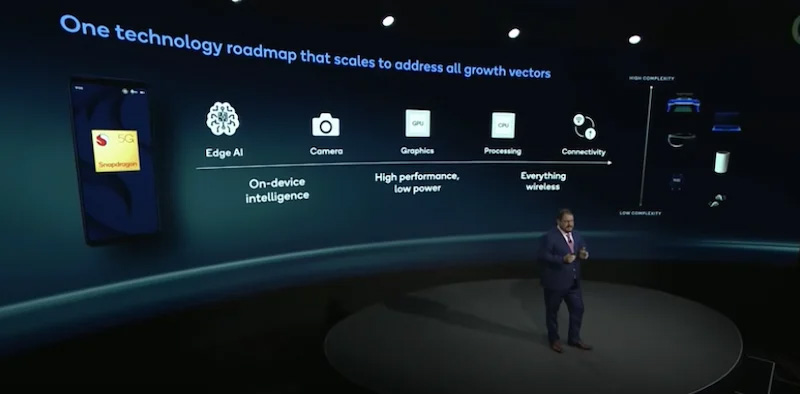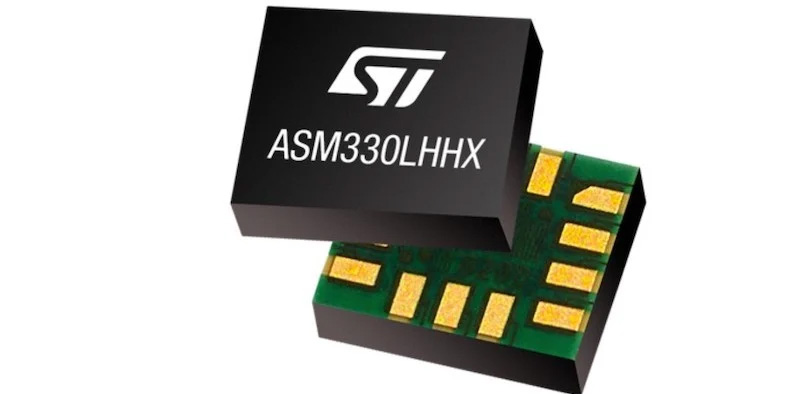Researchers Advance Stretchable Electronics Toward Commercialization
A new study from Carnegie Mellon University may usher in an age of mass-producible stretchable soft electronics (SSEs).
Soft stretchable electronics (SSEs) are a hotbed of research in wearables and health-monitoring technology. One challenge for SSEs, however, has been the inability to develop economic and scalable manufacturing processes for the technology.
This week, researchers from Carnegie Mellon University (CMU) published a paper describing a new method for mass-producing SSEs. In this article, we’ll take a look at the current state of SSEs, its existing challenges, and the new research from CMU.
Battery-less soft sensor patches
In this application, battery-less soft sensor patches are applied to a silicon wafer post-fabrication. Image courtesy of Carnegie Mellon University
The Challenges of Soft Stretchable Electronics
There are currently many techniques for developing SSEs, but amongst these, liquid metal (LM) architectures are one of the most promising.
LM-based SSEs generally work by depositing liquid metals onto a flexible electronic substrate, where the LM can either serve as a physical interconnect between microchips or be deposited to form different components such as strain gauges. Compared to other forms of SSEs, LMs are popular because they flow freely inside a channel, exhibit high compliance, and retain their electrical conductivity even under large deformations.
Liquid metals like gallium have many emerging use cases
Liquid metals like gallium have many emerging use cases, including soft electronics. Image courtesy of Knowable Magazine
One of the most popular forms of LM is the gallium-based alloy eutectic gallium–indium (EGaIn). EGaIn is particularly popular because of its unique combination of stability, negligible toxicity, and extremely high electrical conductivity (3.4 × 106 S m−1 at 298 K).
Yet, despite EGaIn’s popularity, researchers have yet to devise a way to mass produce the technology. One of the main challenges is that when EGaIn is expos





